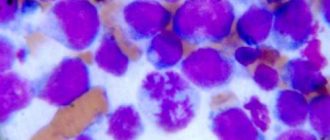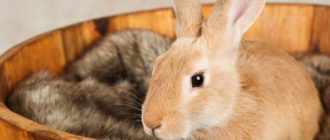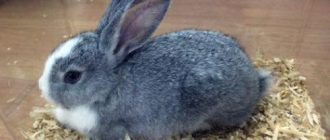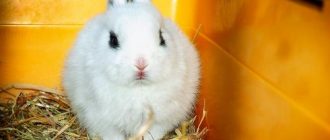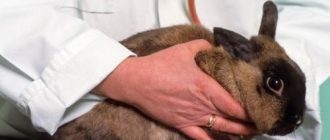Rabbits have incisors (front teeth) that are easy to see, and also chewing molars that are harder to see. AT unlike rodents, lagomorphs under the front pair of teeth have two small tube-shaped incisors. As the rabbit’s teeth grow continuously, its upper and lower teeth should match each to a friend to ensure optimal chewing of food and thereby prevent their excessive growth. If any rabbit teeth exceed their optimal sizes, it may not appear only problems with chewing, but even with a complete cessation of admission food.
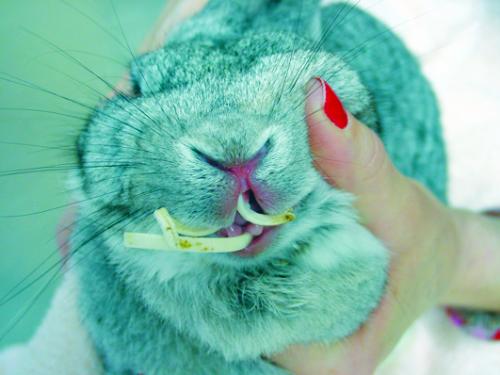
Improper bite or abnormal tooth growth can trigger the process of overgrowing of the incisors, which, in turn, can begin damage the tongue, cheeks and gums. In case of overgrowth of lower painters, they can form a kind of bridge and “capture” the language. Deformed incisors or malocclusions sometimes cause the rabbit’s front teeth to be long and strong stick out of your mouth and grow at an angle to each other. All similar dental problems can lead to an infection of the oral cavity, difficulty eating, drooling, and losing weight. Rabbit teeth grow at about 1 cm per month, and, in the case of lack of resistance, speed can reach 1 mm per day.
Why do rabbit teeth grow incorrectly?
Many causes can lead to improper tooth growth. at the same time, from malocclusion to insufficient speed wear and tear. An important factor in tooth overgrowth is a diet with insufficient amount of roughage. Incorrect bite may also have a hereditary or congenital character, especially in dwarf and fold rabbits. Severe diseases or infections of the teeth can lead to their improper growth, and to a change in their shape and structure. Injuries or fractures of teeth (especially anterior incisors) can change the direction of tooth growth so that it stops coincide with the opposite lower or upper tooth.
What can be done with improper tooth growth?
One of the most important factors for proper tooth growth is the correct rabbit diet with which he will wear chewing your teeth. Too big teeth needed cut or trim. This is usually necessary regularly, as the rabbit’s teeth grow throughout of life. Previously, veterinarians used conventional tooth circumcision nippers, but this often caused damage to the teeth themselves, and gums. Today, as a rule, veterinarians use special dental tools that allows them to cut their teeth The rabbit is completely safe.
If the rabbit regularly has problems with his teeth, then a long-term solution may be the removal of unnatural upper and lower incisors or molars. This procedure may be sufficient. complex, depending on the condition of the tooth and its location in the oral cavity. Although it sounds quite sharp, but such an option may be the best solution, especially if the rabbit chronic dysbiosis occurs.
After any contraction of the teeth in the rabbit, it is important as soon as possible change his diet towards coarse food to provide sufficient tooth wear rate and also maintain continuous the work of the gastrointestinal tract.

